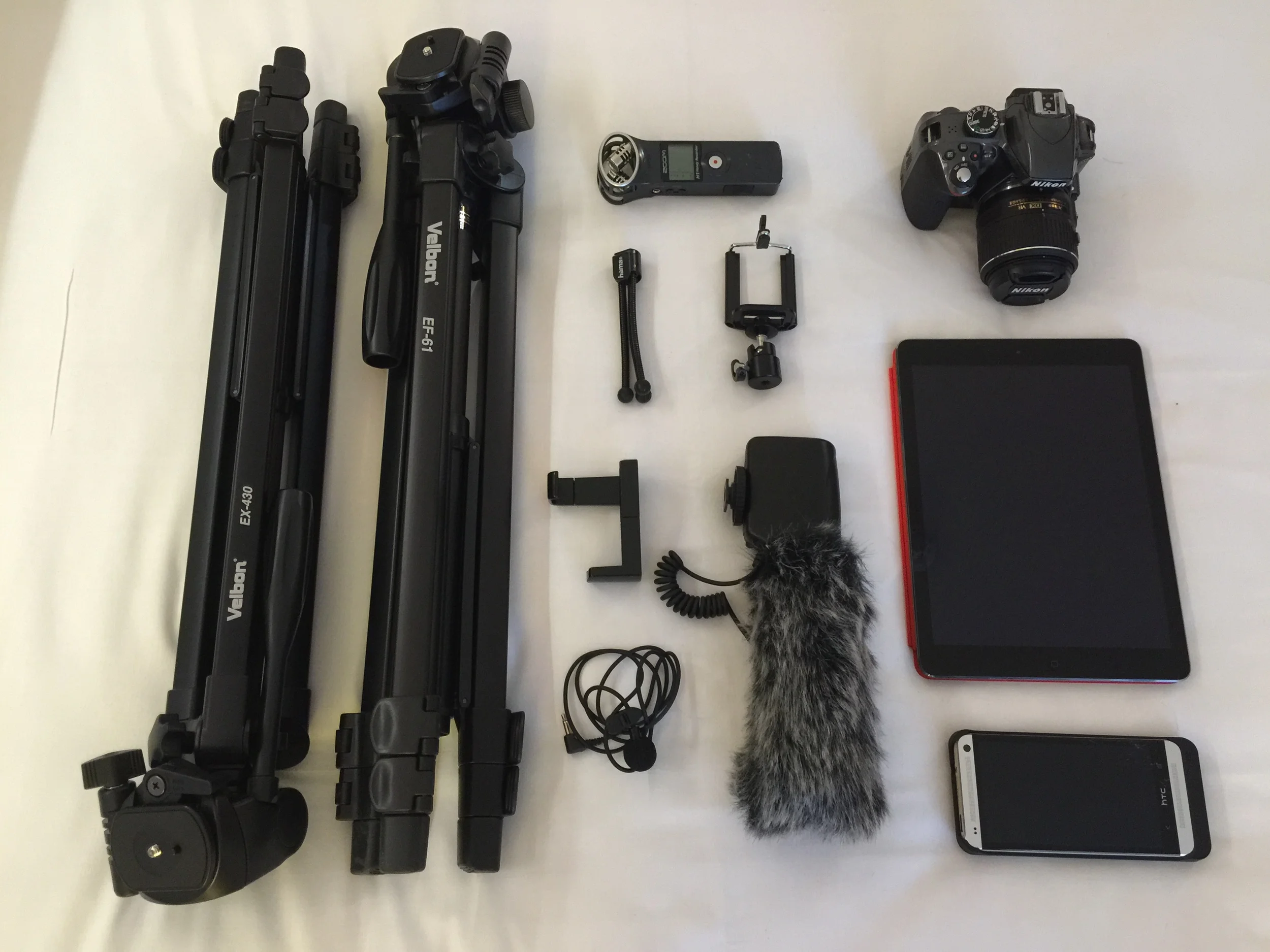It's not often I'm truly disappointed with a team effort - there's always something you can take from every game - but the insipid effort of a run chase in last night's Twenty20 competition left me reeling: We lost without a hint of a fight.
In summary, we bowled first with a strong side: Three bowlers and four batsmen from the firsts alongside several contenders and no true passengers. They scored 124-6 in 20, which was a challenging but not impossible total.
Our response was to score 86-5. Here's the obvious and heart-breaking fact; we just made no attempt at pacing the run chase. More on that in a moment.
To return to the first innings, There was some good work done. We didn't take a wicket for nine overs and the openers put on 72. This was hard work but everyone kept putting in the effort. Heads stayed up. This payed off as we bowled the next six overs for 16-3. They rallied with some big hits in the last four.
We dropped some key catches that might have seen us take 10-20 off the score. We also plucked a couple of belters. The bowling was good and the ground fielding excellent overall. Going into the break I was positive.
We started our reply cautiously, with 27-0 from the first 36 balls. It's here the acceleration should have begun. Instead we slowed down, hitting 19 in the next six overs. You might ask if the bowling was tight and the fielding efficient, but it wasn't as exceptional as the figures suggest, we didn't look to pick up singles, work the gaps or even have a swing. We let them bowl to us.
One five over period in the middle garnered 10 runs.
We lost one wicket in 13 overs, showing that the top three really struggled with an effective game plan. After 10 overs we needed 85 runs and I remember staying confident. You can win with wickets in hand even when the rate is quite high. If you have an over of 12 or more you are back in the game. Two overs of slow batting later and my confidence had turned to concern.
We needed 79 off 48 balls by this point. This was now getting out of hand, and we needed some lusty swinging to give ourselves a sniff of a chance. We started going for it at last, hitting 20 in the next 24 balls and trying some things.
Yet, despite only losing five wickets, we couldn't score more than 40 in the last 48 balls. We needed to double that, which was always going to be a tough job. We had not accelerated in the middle and couldn't connect when we did try the long handle.
Some more stats:
- Our biggest over was eight, theirs was 12
- They hit 11 boundaries to our one
- They bowled 22 in wides to our eight
What this last stat tells me is that they were significantly worse in the field. This matched what I saw with the wicketkeeper looking poor and lots of misfields.
Chasing runs
Chasing runs takes experience and confidence. I was shocked by the lack of tactical nous of the need to accelerate and the inability to play aggressively against an obviously weak fielding side. We lacked both art and heart.
I would rather see us get bowled out for 100 in 15 overs than what happened in this game.
So, what do we need to work on? Understanding the game situation better, knowing how to score at a run a ball and knowing when to take a calculated risk by going over the top or pulling out a swipe to leg. In short, learn how to chase runs!
Midweek T20 is a strange animal: Games are rushed after-work affairs, feature weaker teams and are not treated with the same attitude as Saturday. It's clear to me now that we have to change the culture of these games if we are to take them seriously. This is not a practice match, it's a game in its own right and we need to play as if we mean it.
- The good: Fielding as a team, recovering from a bad start with the ball.
- Needs work: back to square one for the batting.



